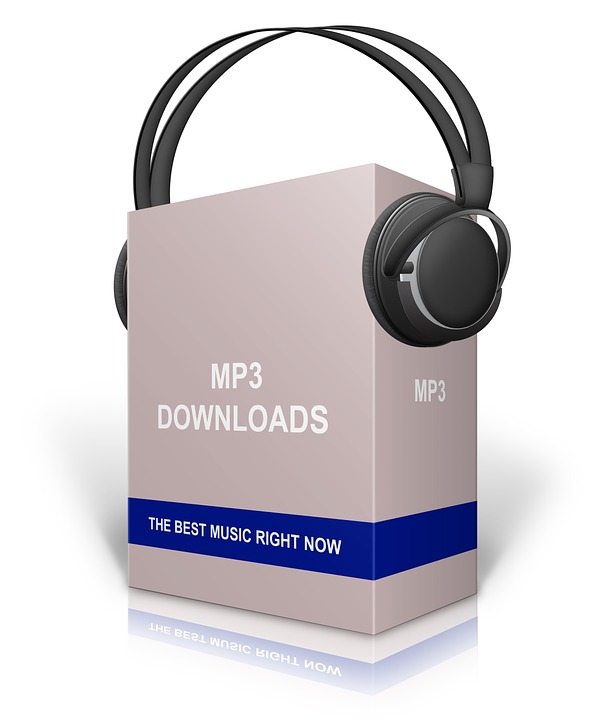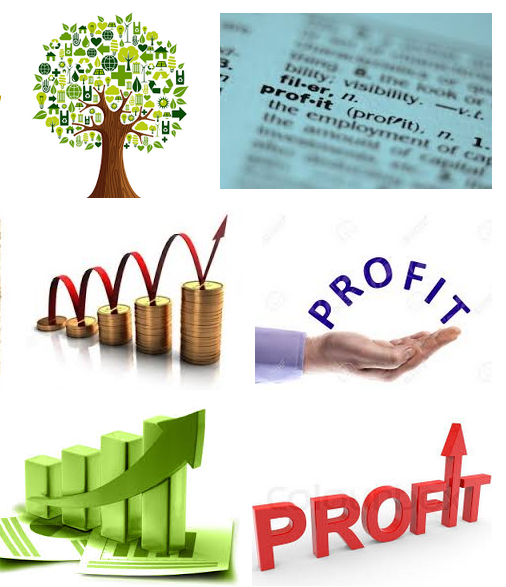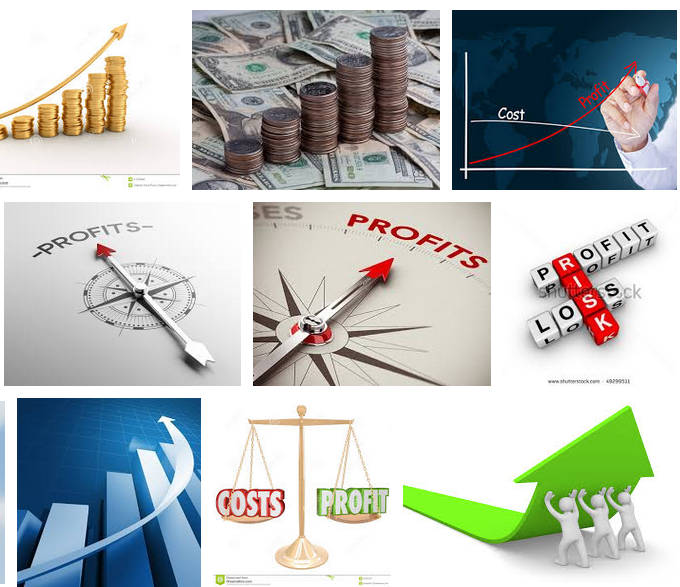Consumers are experiencing a new sales letter today with new technologies and creativity stemming from innovative sales and marketing efforts of marketers and business owners. Modern businesses are adopting the dynamic video sales letter that differs from the traditional written sales page. However, the question that begs to be answered is whether the same copywriting rules apply.
Traditional Sales Letter Generation
The traditional sales letter has been the only choice for businesses for a very long time. It focuses primarily on the benefits of the product or service which consumers are believed to concentrate on when they make a purchase or order. Consumers are hoping to receive the said results of the product promoted in the sales letter.
A lot of text is involved in a traditional sales letter where words are used to express all possible benefits and potentials of the brand or product promoted in the sales letter. However, success only comes about if the right words are used properly in expressing the right attributes that would convince readers.
However, busy consumers today do not like to spend too much time reading through a lengthy sales letter to discover the good attributes of the brand or product promoted. But if the letter is not descriptive enough, consumers are unsure of the effectiveness of the brand or product to make an order or purchase. It is a dilemma for consumers who receive promotional product offers via traditional sales letters.
Video Sales Letter Effectiveness
But a video sales letter differs in the way it is produced and the final outcomes. A video sales letter uses the video component in conveying relevant information about the brand, product or service to targeted consumers for the primary purpose on compelling a purchase immediately with a call-to-action feature.
A video sales letter is more appropriate over a traditional sales letter when the features of a product are to be displayed for clarity of understanding by the viewer to instigate a sale. A video sales letter is very clear in demonstrating the product features and its use instead of sharing the product’s benefits.
With that said, it is now obvious that a video sales letter would be different in format, structure, style and content compared to the traditional sales letter. The focus of a video sales letter is attracting consumers to be engaged through its presentation and contents that ensure a start to finish viewing of the sales copy. Consumers have more assurance of the product to be purchased by viewing its features clearly addressed in an attractive and interesting manner in a sales video. This video could be saved and retrieved as an operational guide when the consumer receives the ordered product. This would give a greater satisfaction that confirms the functionality of the product and repeated sales would be generated.
Choice of Sales Letters
The rapid changes in technologies, business dealings and consumer patterns bring about new marketing solutions and approaches to win over more customers that would boost business survival in the market. The rising market competition pushes marketers and business owners into a corner over the most relevant and effective sales letters to implement for the desired higher conversions of potential leads into customers.
Many advanced tools and resources are readily available in the marketplace to assist marketers and business owners in drawing more traffic to their web business sites for more sales and profits. New technologies bring on new marketing approaches that could be refreshing to consumers. It is not surprising then that the video sales letter enjoys a quick embrace to secure more potential customers.
A video sales letter is preferred to showcase the intricate features of a product to help viewers understand and appreciate the product better; so much so that an order or purchase would be made. However, good video content and presentation is a must to ensure a success using video sales letter option.
But this does not mean that the traditional sales letter has lost its vigor as there are still many consumers who prefer a good read even if it is a sales letter. Moreover, there are badly produced video sales letters that are extremely annoying to put consumers off video sales letters once and for all. This is where the traditional sales letter grabs its opportunity to rise like the phoenix in showcasing its supremacy in the market.
A video sales letter does not allow the viewer to skip the slides with only the pricing displayed on the last slide with a ‘Buy’ button to click for a purchase. The video sales letter is usually designed to be on auto mode using high technology to prevent user interference. Some videos may allow a pause or kill feature, if the video is rather long.
The traditional sales letter may be long in text to present the best of product information, but it proves to be a more versatile tool in the hands of the consumer. The control is totally with the consumer to read the contents again at leisure or lay it down anytime due to a busy day. The contents could be mulled over until a firm decision is made over its proposed contents.
Conclusion
Businesses today may choose between the traditional or video sales letter depending on various factors. Both sales letter options display pros and cons which marketers or business owners must weigh carefully before making a decision.
Good writers are required for traditional sales letters based on text while creative video producers are highly sought after for video sales letter. There may be a difference in payment between the two options depending on professional assistance hired.
Every business owner or marketer must evaluate their own business goals and objectives to decide on their preferred form of sales letters to generate more traffic and sales conversions. It is possible that both options could be used at different times depending on the relevant marketing styles and campaigns. The traditional and video sales letters could also be activated simultaneously in one marketing campaign if different groups of targeted audiences are identified.





